23 Therapists Reveal the Shocking Signs They Knew Their Relationships Were Doomed—and How They Handled It
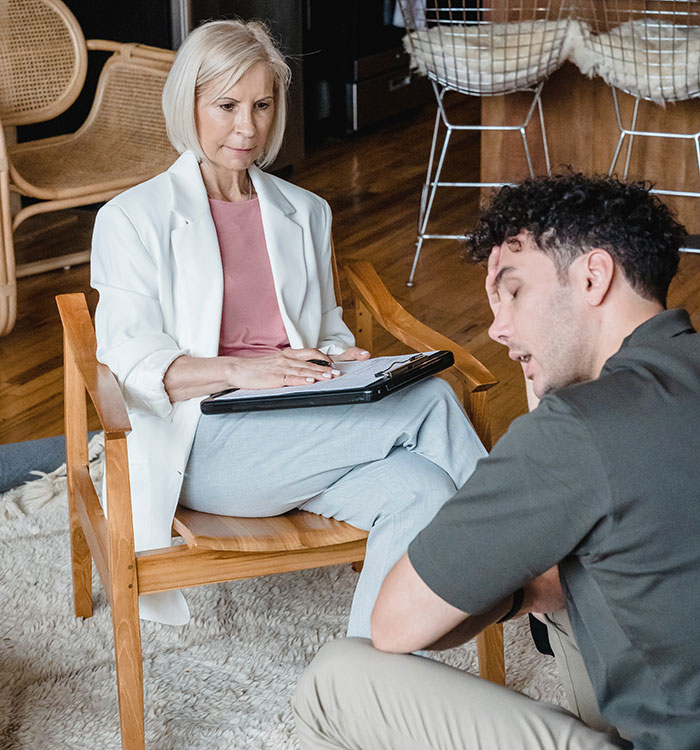 Active independence from each other is my #1 sign of “this marriage is about to spiral downward”. As soon as I realize a couple is doing things separately, like applying for car loath without the others knowledge, or planning personal trips without consulting the other, I know that the couple is soon doomed.
Active independence from each other is my #1 sign of “this marriage is about to spiral downward”. As soon as I realize a couple is doing things separately, like applying for car loath without the others knowledge, or planning personal trips without consulting the other, I know that the couple is soon doomed.
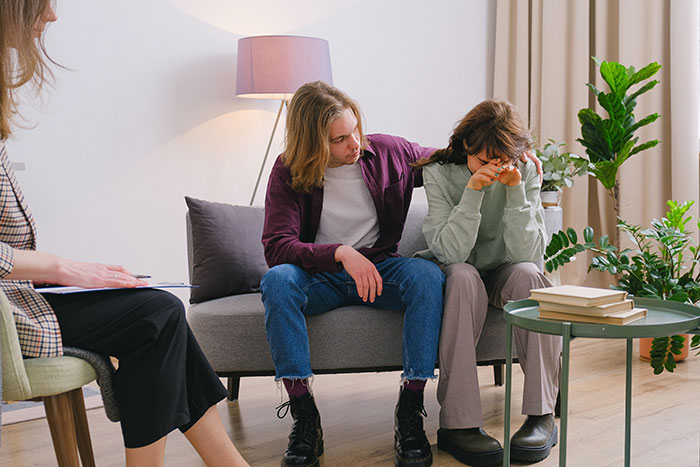 At the first session, I explain to both partners the goal of therapy is not to keep them together. The goal is to help them improve how they communicate with each other to resolve conflict and/or differences. No guarantee of the outcome. If they decide to end the relationship, at least they can be civil about it and communicate respectfully, honestly, and in ways they feel good about themselves. When I have been directly asked my opinion about a couple staying together, I usually ask if the one person can (1) imagine their future without the other and (2) look past and/or accept the [fill in the blank] because the relationship is worth it or the person has more positive qualities. I have talked to individual clients about why they should end their relationship, especially if it is abusive or toxic, but usually I try to help the individual look at pros/cons of staying and identify consequences for choices.
At the first session, I explain to both partners the goal of therapy is not to keep them together. The goal is to help them improve how they communicate with each other to resolve conflict and/or differences. No guarantee of the outcome. If they decide to end the relationship, at least they can be civil about it and communicate respectfully, honestly, and in ways they feel good about themselves. When I have been directly asked my opinion about a couple staying together, I usually ask if the one person can (1) imagine their future without the other and (2) look past and/or accept the [fill in the blank] because the relationship is worth it or the person has more positive qualities. I have talked to individual clients about why they should end their relationship, especially if it is abusive or toxic, but usually I try to help the individual look at pros/cons of staying and identify consequences for choices.
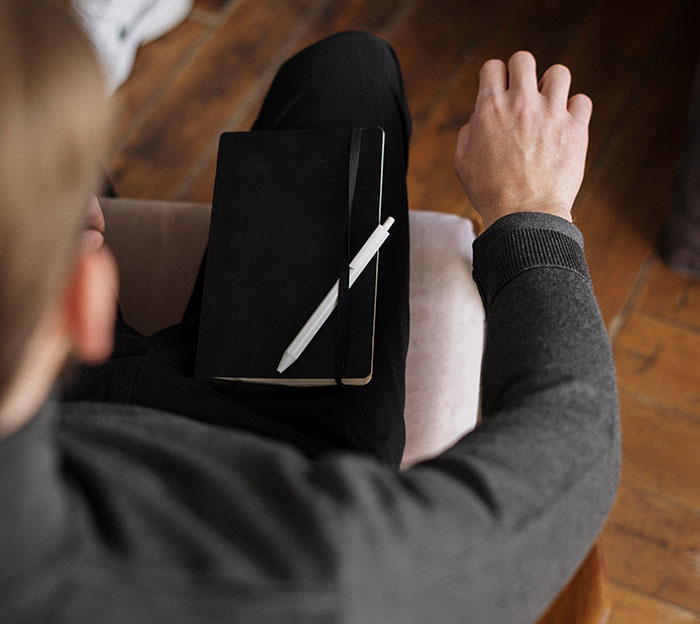 It depends on the situation, but I generally do not tell people to split. I explore the relationship and see if this is the kind of relationship the client likes or wants. We’ll then compare and contrast the two relationship types and explore how to either 1) make the relationship fit or 2) change relationships.
It depends on the situation, but I generally do not tell people to split. I explore the relationship and see if this is the kind of relationship the client likes or wants. We’ll then compare and contrast the two relationship types and explore how to either 1) make the relationship fit or 2) change relationships.
The reason it depends? Abusive relationships. They tend to require a different approach. You can’t sit and watch your client being beaten while you process through positive and negative relationships. You have to be a little more proactive when safety is involved.
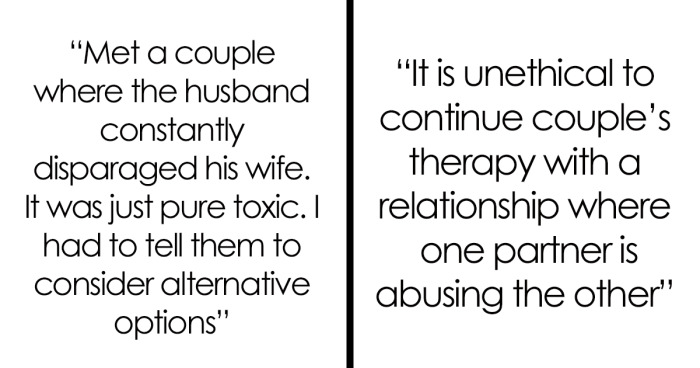



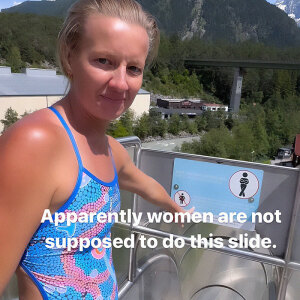
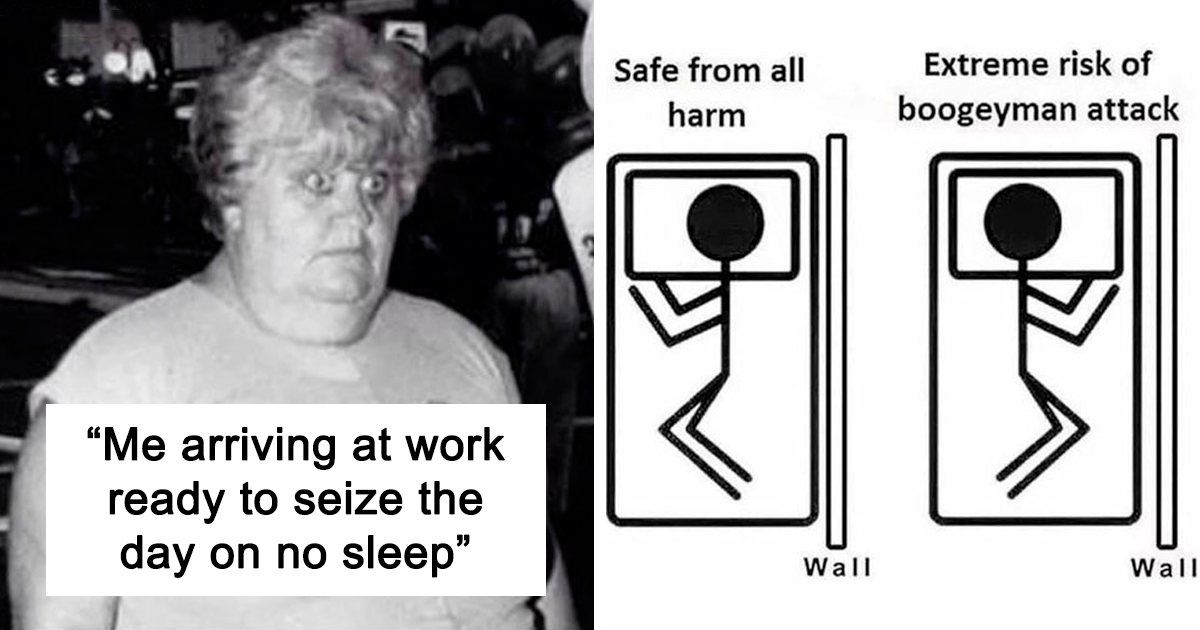

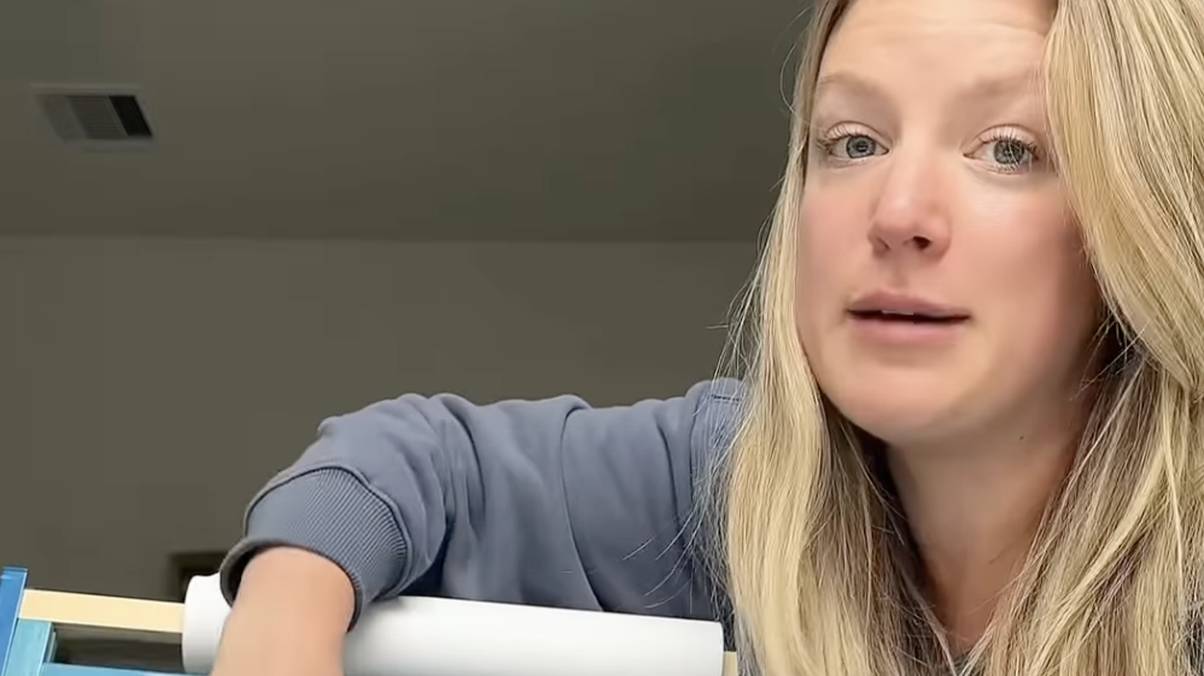








Post Comment